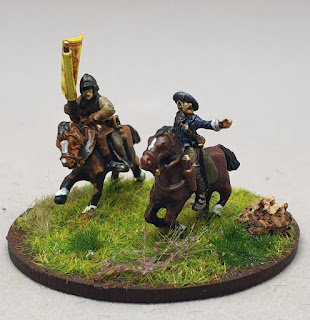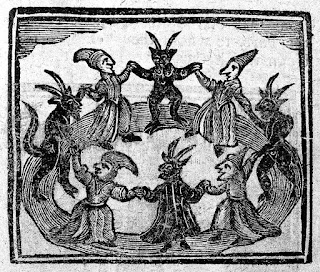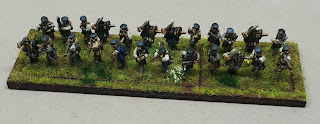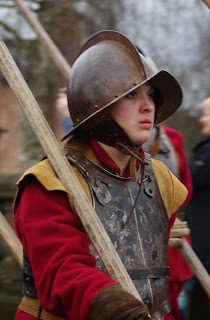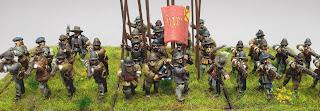The Marquis of Huntly's Regiment of Foot - The Strathbogie Regiment
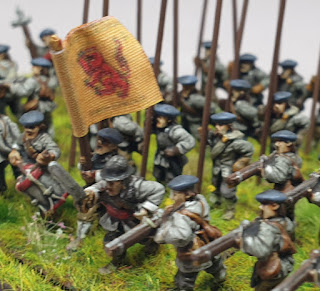
An interesting regiment this one, changing allegiance on a number of occasions, and regularly being disbanded and raised anew. The Marquis of Huntly appears to be loyal to himself and himself alone: which ever side was furthering his cause (or whoever was fighting against his personal enemies) would benefit from his sword. Whilst they were Huntly's Regiment they were that in name only - they were trained and commanded in the field by Lieutenant Colonel William Johnston. Raised originally to fight in the First Bishop's War in 1639 they would fight at Trot o’Turriff; the battle of Megray Hill; and Brig o’Dee. Huntly managed to get himself imprisoned in April 1639 attempting to broker a peace deal with the Earl of Montrose; he was released from prison and he and his regiment played no part in the Second Bishops' War. They were raised again in 1644 this time fighting for the King and were present at the taking of Aberdeen; and the storming of Montrose (the town not the Marq...


